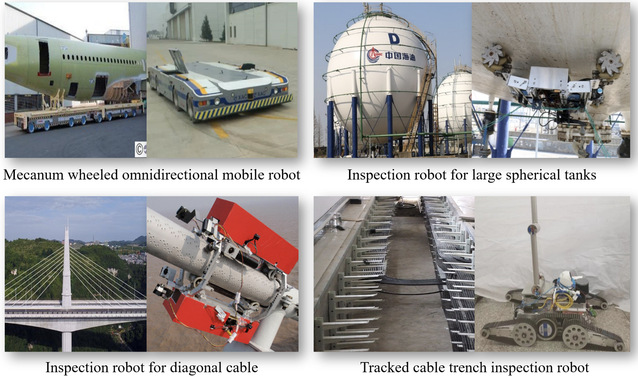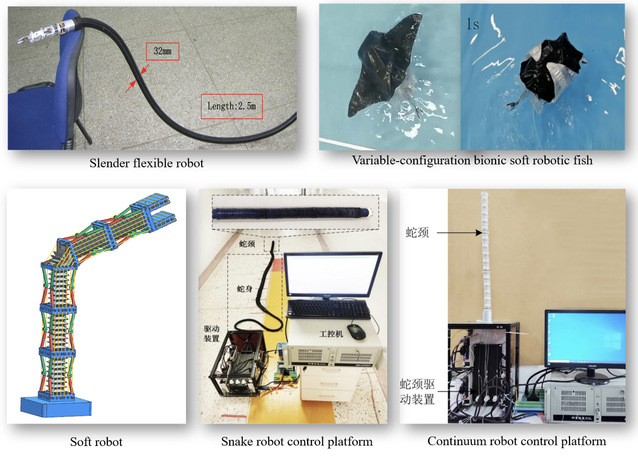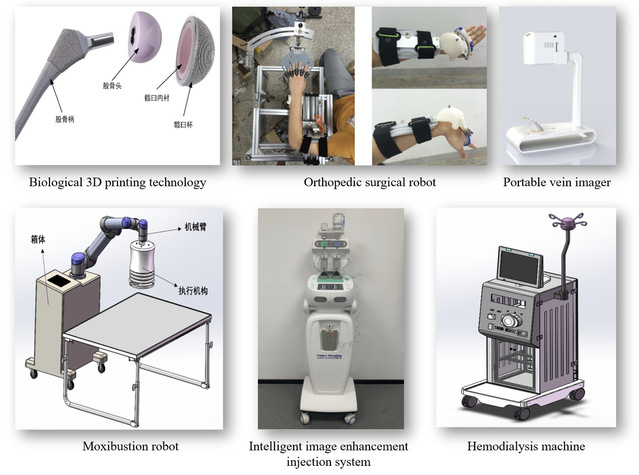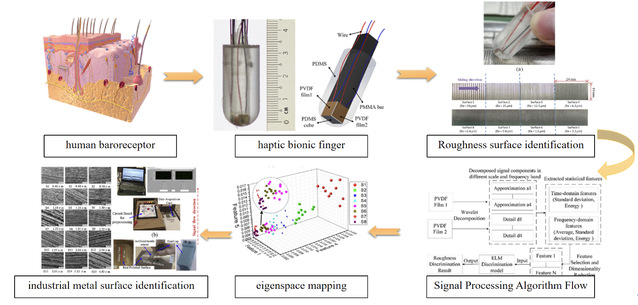The Laboratory of Robotics and Biomechatronics is dedicated to the integration of robotics with biotechnology and biomimetics. We focus on the research of robot structure innovation and precision control of biomimetic motion to meet the needs of robots under special working conditions. Utilizing biological parameter sensing (e.g., force, displacement, sound) and integrating measurements such as electromyography and electroencephalography, we conduct research projects on surgical robots, rehabilitation robots, bionic robots, and human-machine collaborative robots (including assisted exoskeletons).
The lab was founded by Prof. Xingsong Wang more than 20 years ago. There are currently 7 full-time faculty members, including 2 professors and 5 associate professors. We have undertaken more than 20 projects which were funded by the National Natural Science Foundation of China, National Key R&D Program, Jiangsu Key R&D Program, JKW Special Zone for National Defense Economy Innovation, and Provincial Scientific Research Program. We have published more than 200 SCI/EI-indexed papers in both domestic and international high-ranking journals and several academic monographs. Additionally, we have more than 60 authorized invention patents. Furthermore, our team has carried out highly effective work in integrating industry, academia, and research, resulting in the successful commercial application of multiple robots and generating significant economic benefits in various fields.
Main research interests: special robots, rehabilitation/assisted exoskeletons, flexible robots, medical assistive robots, intelligent perception and operation of robots.
Special Robot
This research direction takes the specific working conditions of a robot into account. Through innovative structural design and intelligent control, we conduct applied research on special robots in complex and dynamic environments, including the omnidirectional mobile robots used in manufacturing large aircrafts, mobile robots employed for inspecting weld seams on large spherical tanks and inspecting cable-stayed bridges, as well as the tracked cable trench inspection robot.

Rehabilitation/Assisted Exoskeleton
Based on the biomechanics of human body, we investigate the innovative structural design and intelligent control algorithms of various exoskeletons for both assisting human locomotion and rehabilitation purposes. We are aiming at providing additional power and ability for the user, enhancing human locomotor function and reducing the burden of exercise.

Flexible Robot
This research direction, combining the research and application of novel flexible materials, aims at imitating the movements of biological limbs based on the research of biological motion characteristics. It conducts flexible and diverse research on biomimetic intelligent mechatronic systems. Innovations and breakthroughs are achieved in areas such as variable stiffness structures and control in soft-bodied systems, as well as variable-configuration robots driven by soft actuators. This meets the engineering application demands for confined space detection, underwater exploration, and other scenarios.

Medical robots
This research direction, in conjunction with the development of new materials and processes, focuses on the study of high-end medical equipment that fully integrates biomechatronics. This includes technologies such as surgical-assist robots, aiming to enhance the automation level and control precision of medical equipment.

Intelligent Sensing and Operation of Robots
Based on the biological structure of human body, this research direction develops bionic tactile fingers, flexible manipulators and other robot end-effector; combined with machine vision, it researches the high-precision fusion algorithm of multi-source sensing data to realize the intelligent perception and operation of robots.


